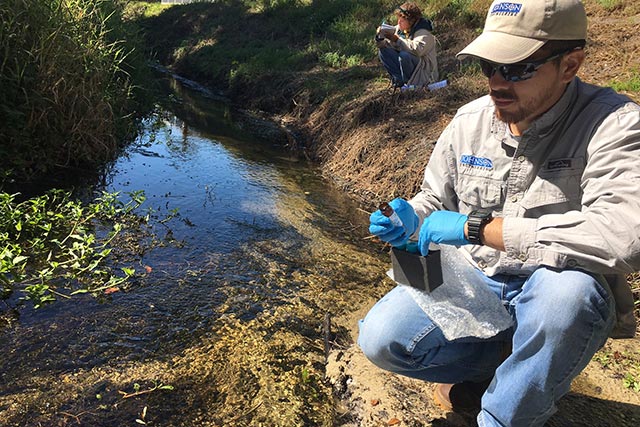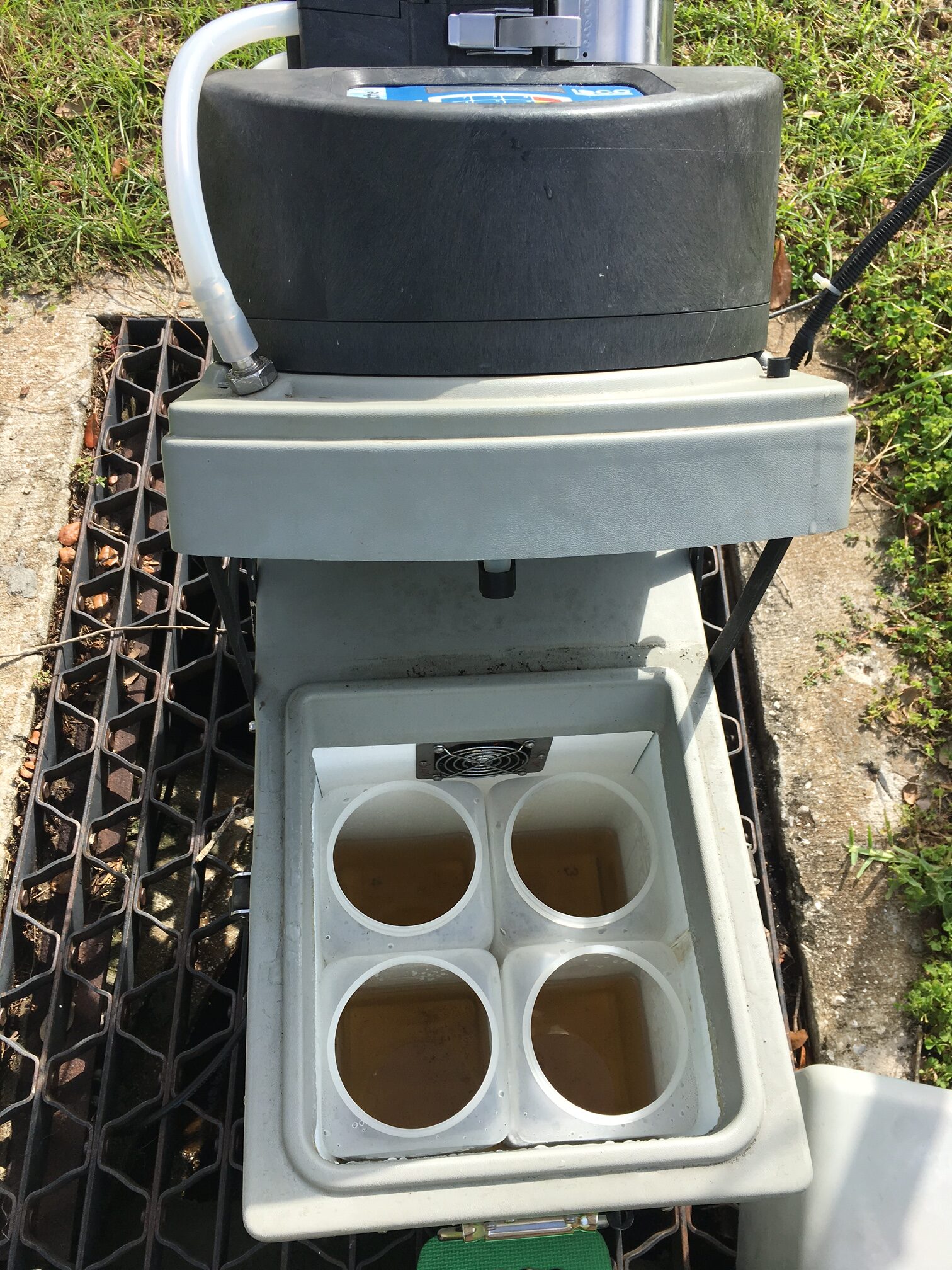
Johnson Engineering’s water quality team of scientists, engineers and geologists has what it takes to meet our clients’ monitoring needs. Our strong working relationships with regulators and familiarity with FDEP regulations allow us to efficiently prepare and carry out successful monitoring programs. We maintain a variety of vessels and sampling equipment in-house to ensure that the needs of each project are met as quickly and thoroughly as possible. Our established working relationships with several state certified laboratories ensure that our clients benefit from efficiency without sacrificing quality. From monitoring turbidity to installing event-triggered, automated sampling systems, our team has the knowledge, experience, technology and expertise to get the job done.







































































































